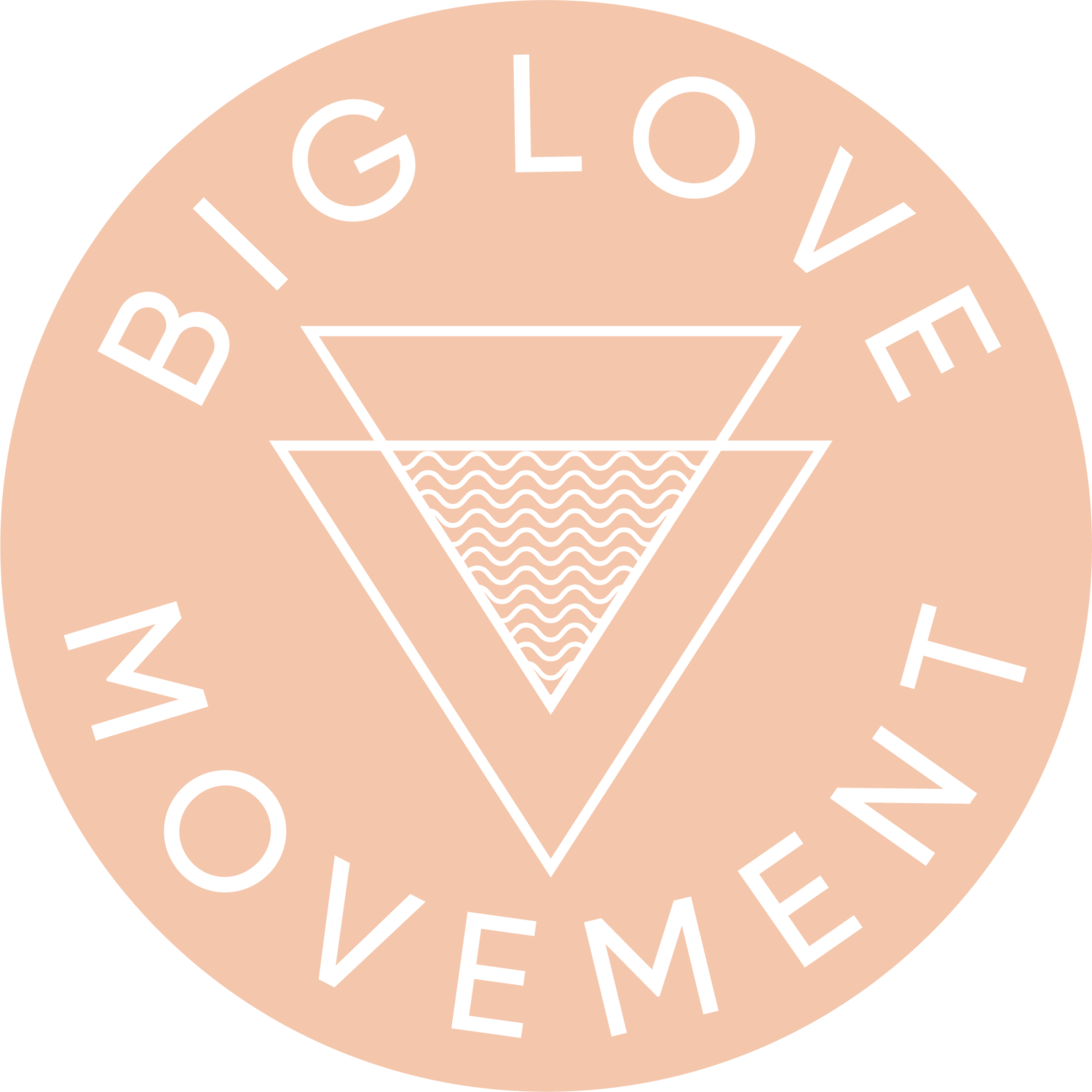
The Blog.
From Hustle to Harmony: The Benefits of Evening Movement for Busy Lives
Have you ever considered whether morning or evening is better for yoga? While morning routines can positively influence your day, evening rituals are equally important. Modern life can be chaotic, so incorporating movement in the evening creates a necessary pause to unwind. Practices like breathwork and mindfulness build awareness and emotional resilience, and promote neuroplasticity, improving brain function. This blog explores the benefits of evening movement for overall well-being.
Beneath The Yoga Mat: The Hormones of Yoga Explained.
We’ve always known exercise is good for us. Back in the day, it was all about nutrition and aesthetics, nowadays the truth goes a little deeper. Yoga positively influences your body by releasing feel-good hormones like dopamine, oxytocin, serotonin, and endorphins whilst decreasing cortisol levels. This blog explores the science behind the ancient practice of yoga.
How to turn a habit into a lifestyle and help to reduce your cortisol levels
Knowing something is good for you is not always enough to form a habit. However, through experience and exploration, you can get a deeper understanding of the physiological and emotional benefits and begin to integrate that knowledge into your body.
Stress is a natural state we are designed to move through although our capacity to ride the waves of life can fluctuate. With modern life a mishmash of emotions and distractions it’s easy to detach from how we are feeling. Learning how to lower your cortisol levels and improve your mood is how you can turn a healthy habit into a mindful lifestyle.
Unclench your bum… and other ways to relieve tension and ease pain in your body.
We unintentionally hold tension in our bodies for a few reasons… For the most part, protecting and guarding happens around the delicate parts that we want to keep safe or away from harm. Think about your heart, lungs, and sexual and reproductive organs; often, this will be apparent in your shoulders and hips (surrounding areas) causing tightness or stiffness.
Creating tension in our body is something we unintentionally, or unconsciously do all the time.
Easing self-doubt and not feeling good enough.
Are there days when your mind simply won’t shut up?
Do you get stuck in your head and start to doubt yourself?
Are your thoughts often racing so much it’s hard to keep up?
The thoughts you have, especially self-critical ones, play havoc with your well-being changing how you breathe, and the way you behave and impacting your mood. Your breath gets faster, your chest feels tight and your stomach ends up in knots. These physical changes in your body are reactions to your thoughts…
Creating space for change.
Creating space for change can sound like an unrealistic concept in our modern world yet change is constant. You only need to look around you, at nature to see the signs that everything shifts and nothing stay the same, except perhaps for us. If change is constant it’s no wonder we feel so stuck when we keep doing things the same old things.






